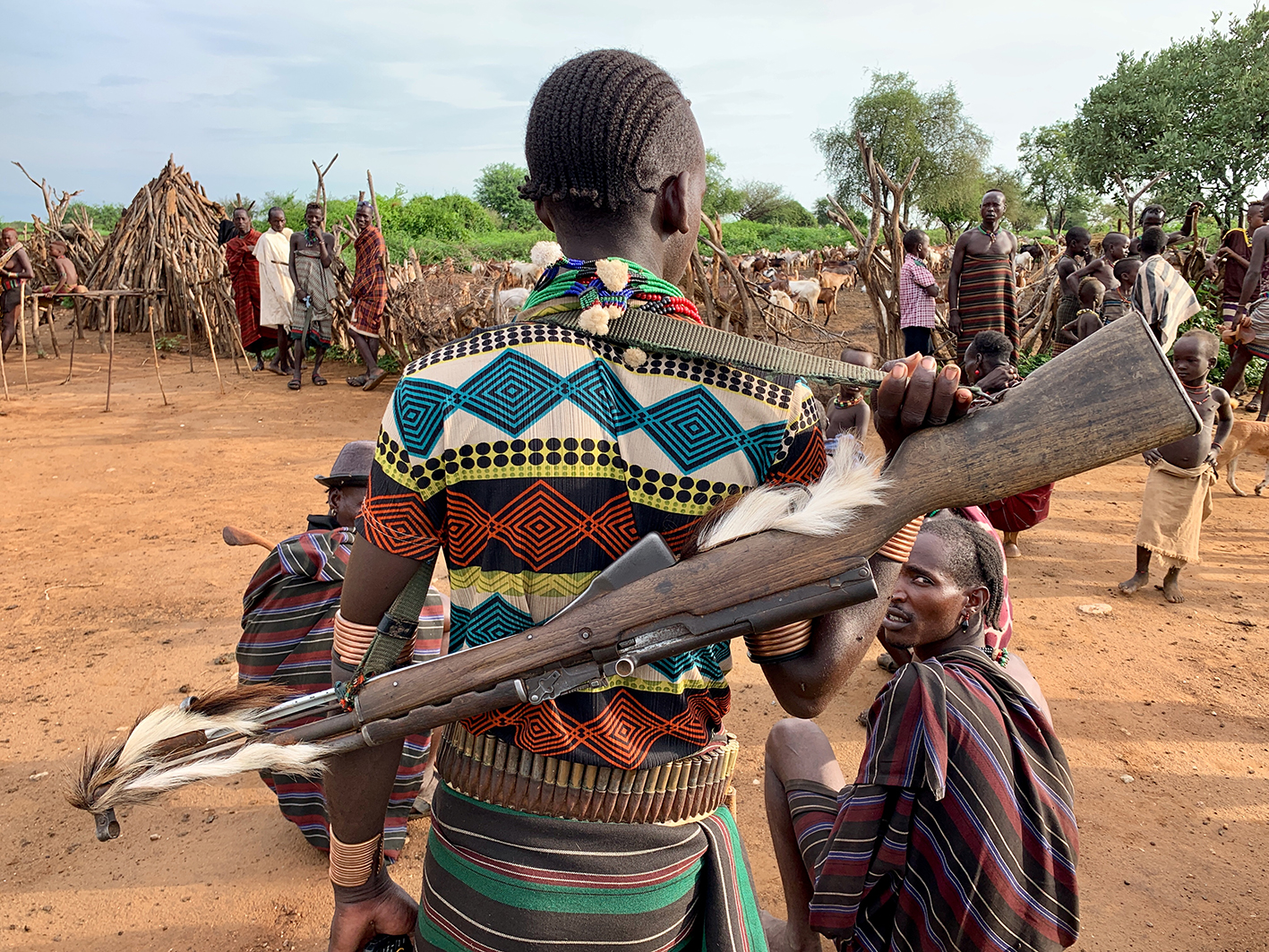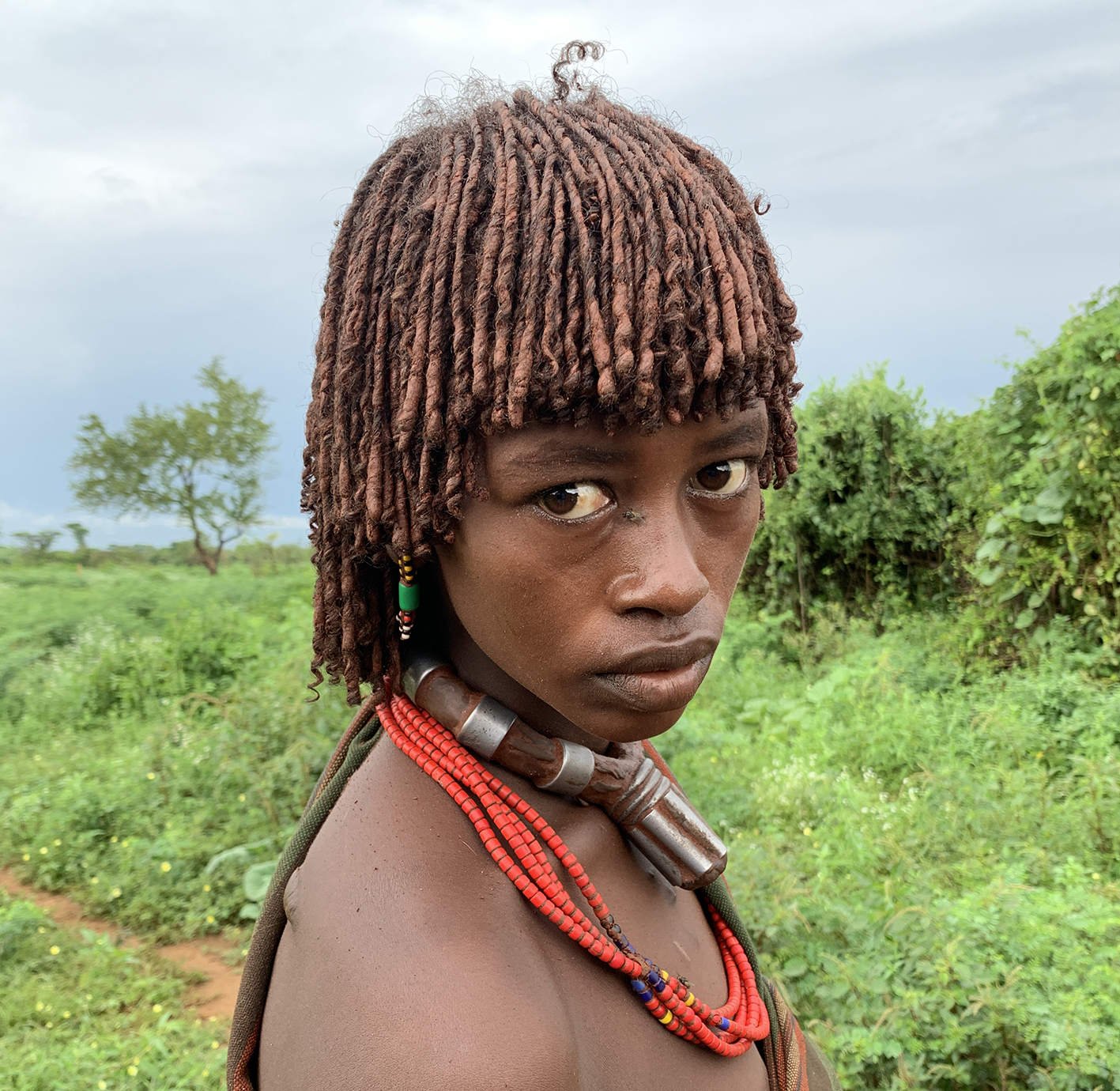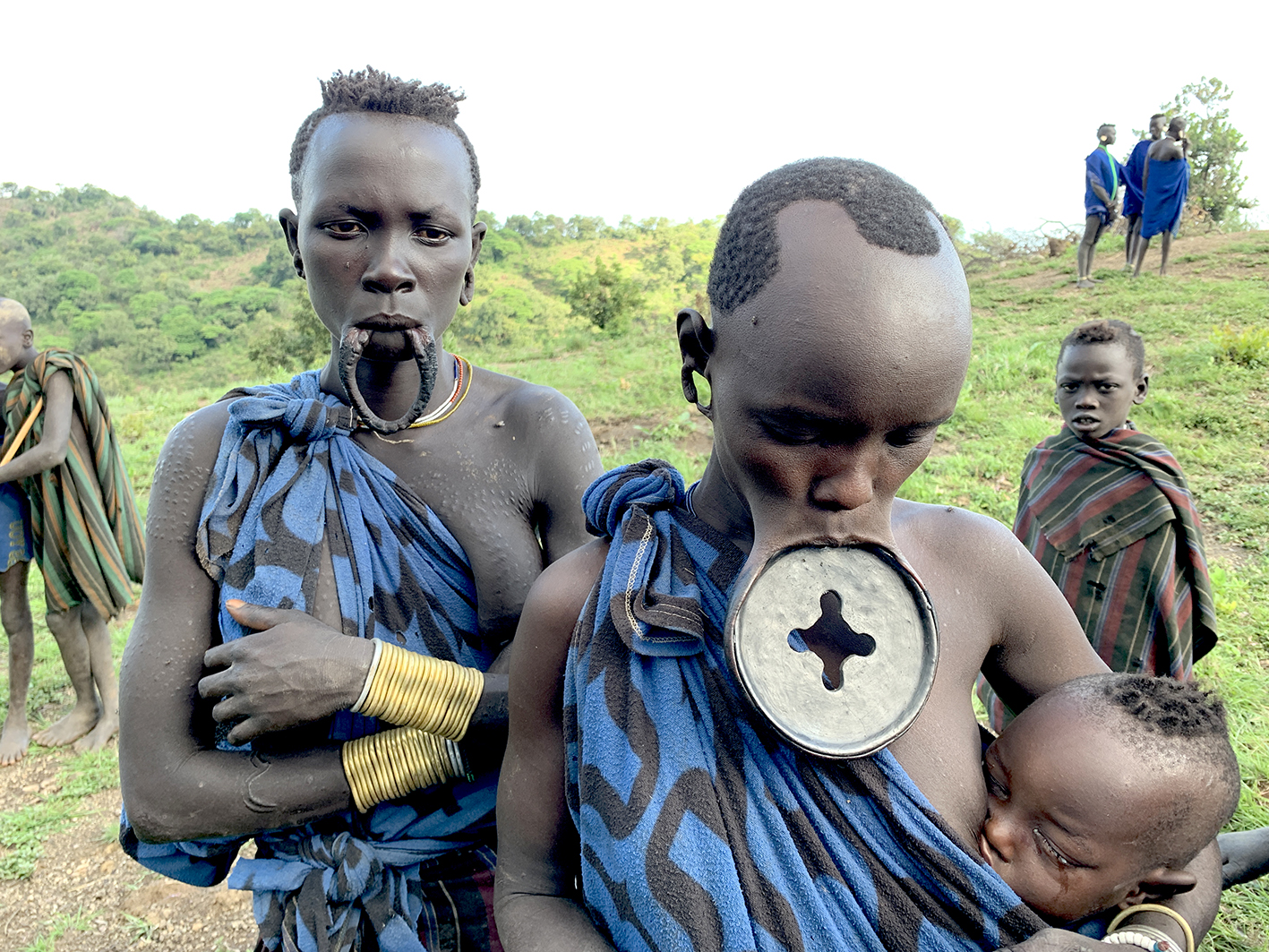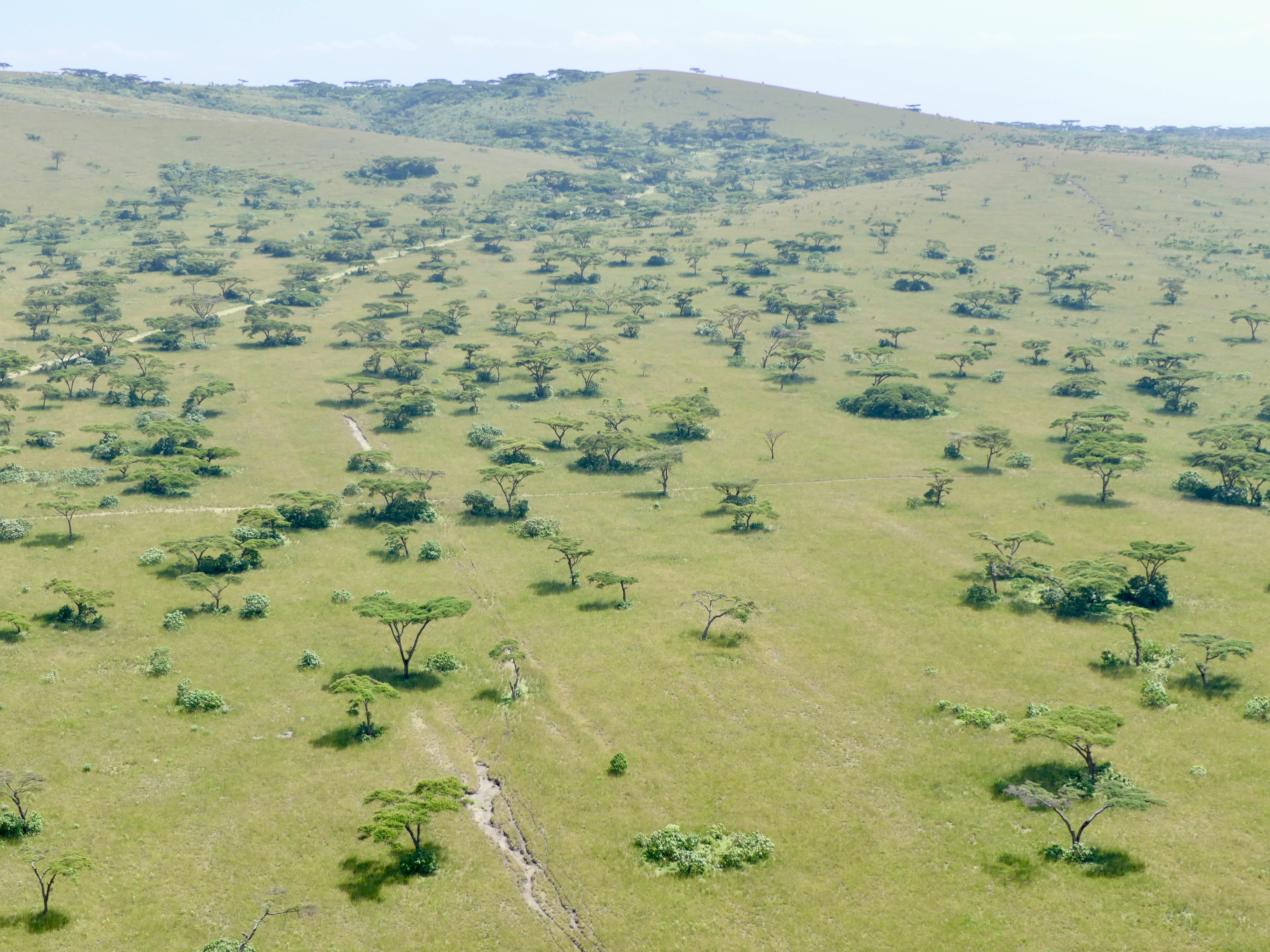Visiting the Hamar and Mursi people in the Omo Delta, Ethiopia.
The Hamar are semi nomadic livestock keepers, they wear colourful beaded jewellery and an ochre mixture on their body and hair. They are a tribe with unique rituals. The men take part in a bull jumping ceremony in order to reach adulthood, and the young women are whipped to show their love for men – their scars are testament to this. The women wear a neck collar which is their tribal equivalent of a wedding ring.


The Mursi attribute overwhelming cultural importance to cattle. Most occasions, particularly marriage, is marked with the exchanging of cattle.
The Mursi use horns, bones, shells and skins. The women are known for their clay lip plates. Extreme drought has made it more and more difficult for Mursi families to remain sustainable through their traditional activities of cultivation and cattle herding.


